Matter outflows in the form of jets are observed in astronomical systems at fast, medium and slow speeds. The fastest jets are highly relativistic, namely travel very close to the speed of light. The origin, as well as many properties of the jets, is uncertain.
Tag: X-rays
Medical AI models rely on ‘shortcuts’ that could lead to misdiagnosis of COVID-19 and other diseases, UW researchers find
University of Washington researchers discovered that AI models ignored clinically significant indicators on X-rays and relied instead on characteristics such as text markers or patient positioning that were specific to each dataset to predict whether someone had COVID-19.
Science Snapshots From Berkeley Lab
These news briefs cover topics including gut microbes, tsetse flies in 3D, an energy use framework for heating and cooling, and new gravitational lensing candidates.

Study: X-Rays Surrounding ‘Magnificent 7’ May Be Traces of Sought-After Particle
A new study, led by a theoretical physicist at Berkeley Lab, suggests that never-before-observed particles called axions may be the source of unexplained, high-energy X-ray emissions surrounding a group of neutron stars.
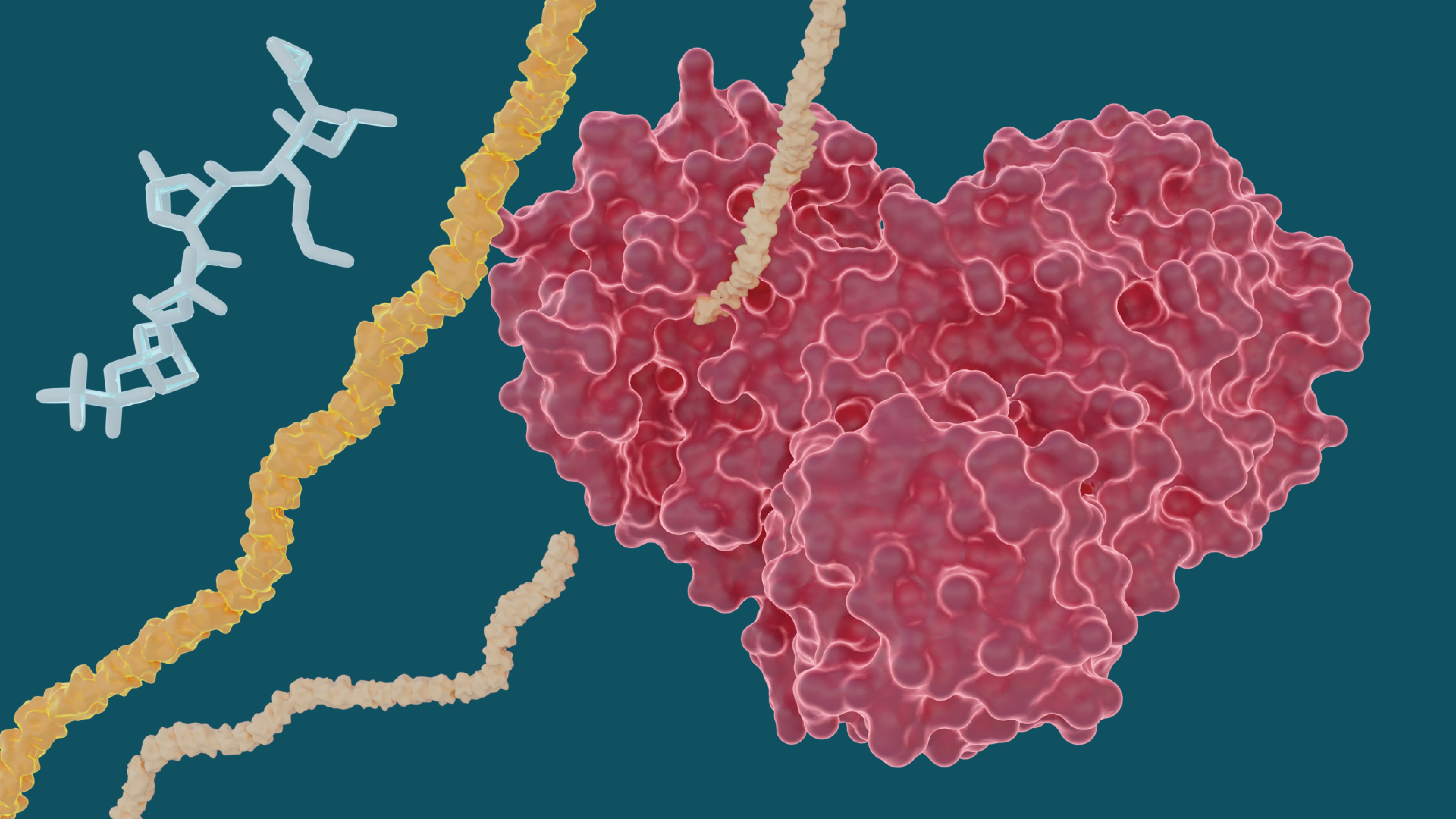
X-ray study explores potential of hepatitis C drugs to treat COVID-19
Researchers at the Department of Energy’s Oak Ridge National Laboratory investigated the binding properties of several hepatitis C drugs to determine how well they inhibit the SARS-CoV-2 main protease, a crucial protein enzyme that enables the novel coronavirus to reproduce. Inhibiting, or blocking, the protease from functioning is vital to stopping the virus from spreading in patients with COVID-19.
How clean water technologies could get a boost from X-ray synchrotrons
In a new perspective, SLAC and University of Paderborn scientists argue that research at synchrotrons could help improve water-purifying materials in ways that might not otherwise be possible.
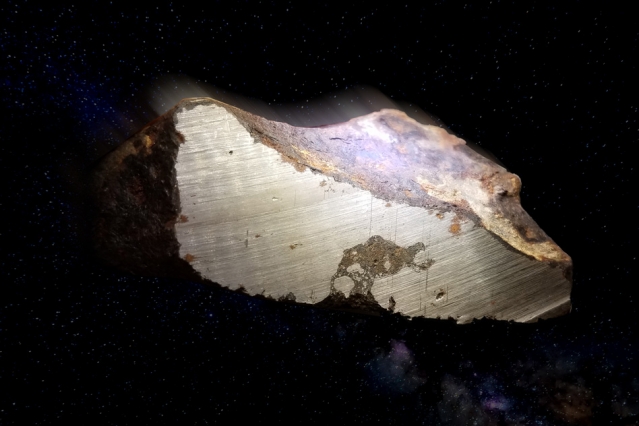
X-Rays Recount Origin of Oddball Meteorites
X-ray experiments at Berkeley Lab played a key role in resolving the origin of rare, odd meteorites that have puzzled scientists since their discovery a half-century ago. Known as type IIE iron meteorites, they appear to have originated from a parent body that had a composition featuring both fully melted and unmelted parts – other meteorite types display only one composition.
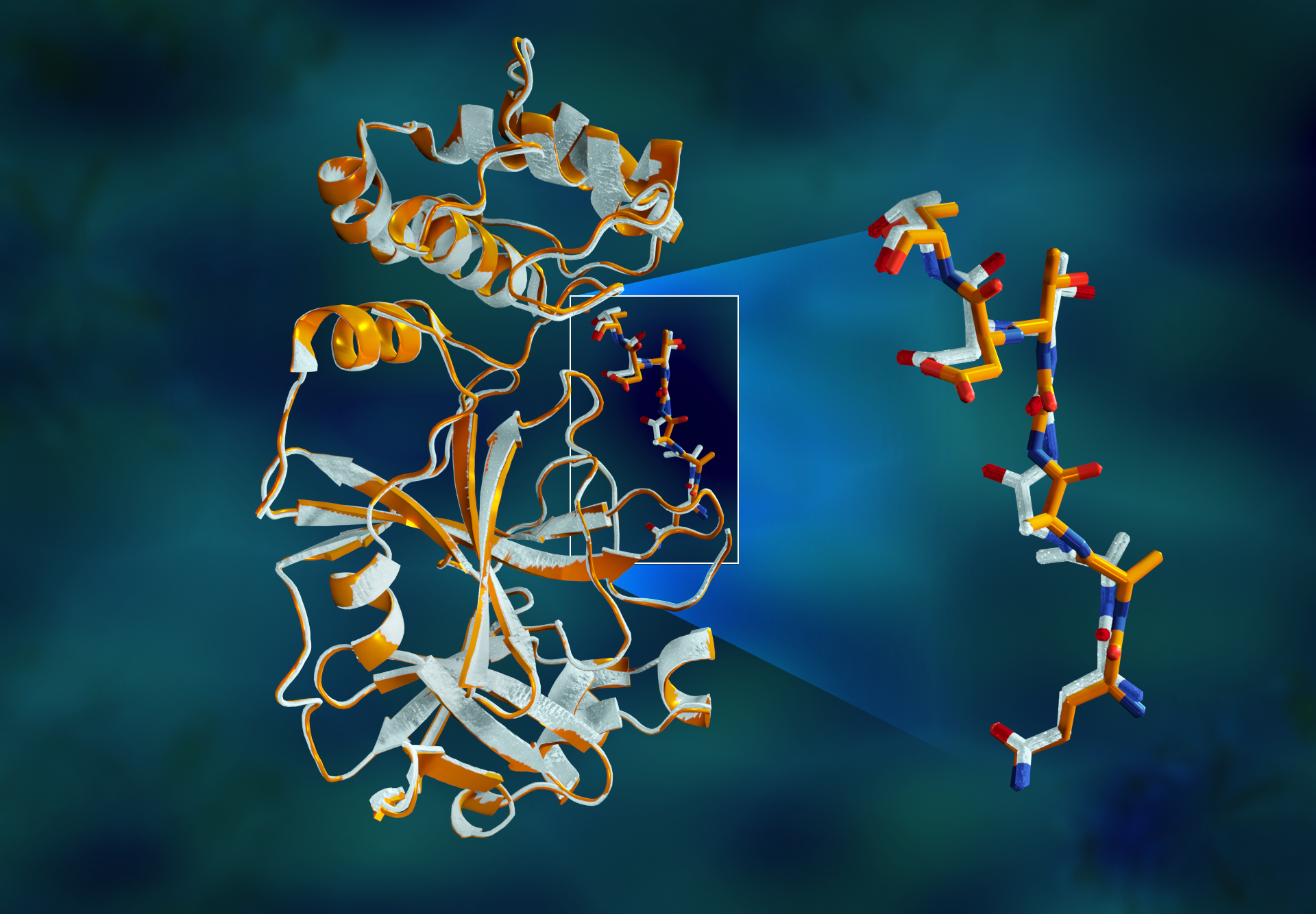
X-rays size up protein structure at the ‘heart’ of COVID-19 virus
Researchers have performed the first room temperature X-ray measurements on the SARS-CoV-2 main protease—the enzyme that enables the virus to reproduce. It marks an important first step in the ultimate goal of building a comprehensive 3D model of the enzymatic protein that will be used to advance supercomputing simulations aimed at finding drug inhibitors to block the virus’s replication mechanism and help end the COVID-19 pandemic.
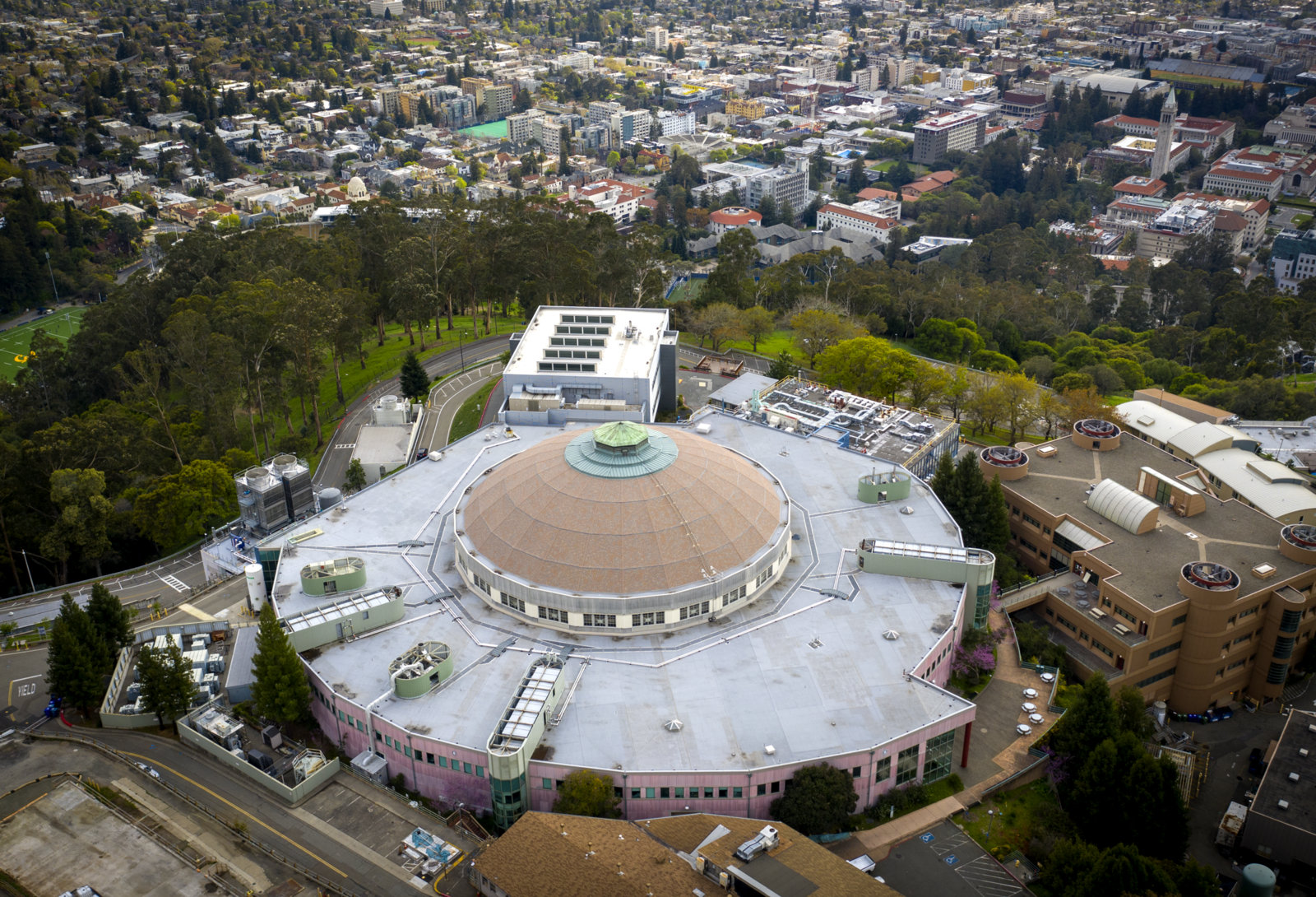
Staff at Berkeley Lab’s X-ray Facility Mobilize to Support COVID-19-Related Research
Berkeley Lab’s Advanced Light Source X-ray facility has been recalled to action to support research related to COVID-19, the coronavirus disease that has already infected about 2 million people around the world.

Milestone in Advanced Light Source Upgrade Project Will Bring in a New Ring
An upgrade of the Advanced Light Source, a synchrotron at the U.S. Department of Energy’s Lawrence Berkeley National Laboratory (Berkeley Lab), has passed an important milestone that will help to maintain the ALS’ world-leading capabilities. On Dec. 23 the DOE granted approval for a key funding step that will allow the project to start construction on a new inner electron storage ring known as an accumulator ring.
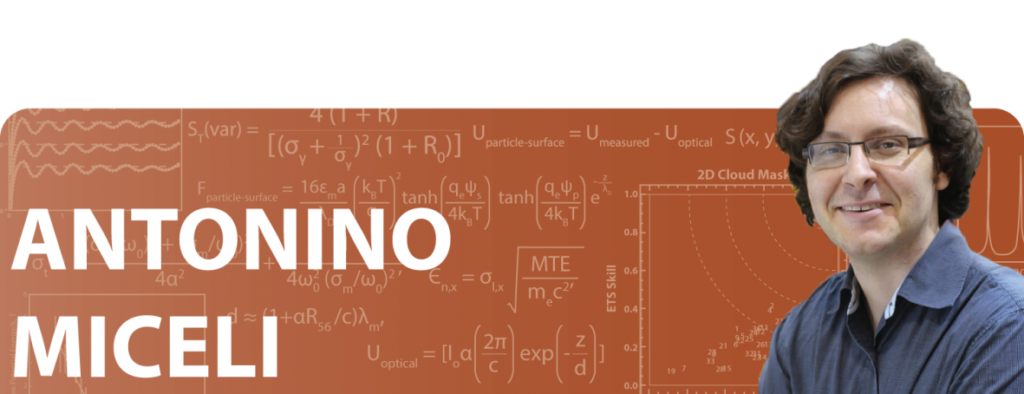
Antonino Miceli: Then and Now
Antonino Miceli is the group leader of the Detectors Group in the X-ray Science Division of the Advanced Photon Source at the U.S. Department of Energy’s Argonne National Laboratory, a senior fellow at the Northwestern Argonne Institute of Science and Engineering, and a senior scientist at the University of Chicago Consortium for Advanced Science and Engineering.
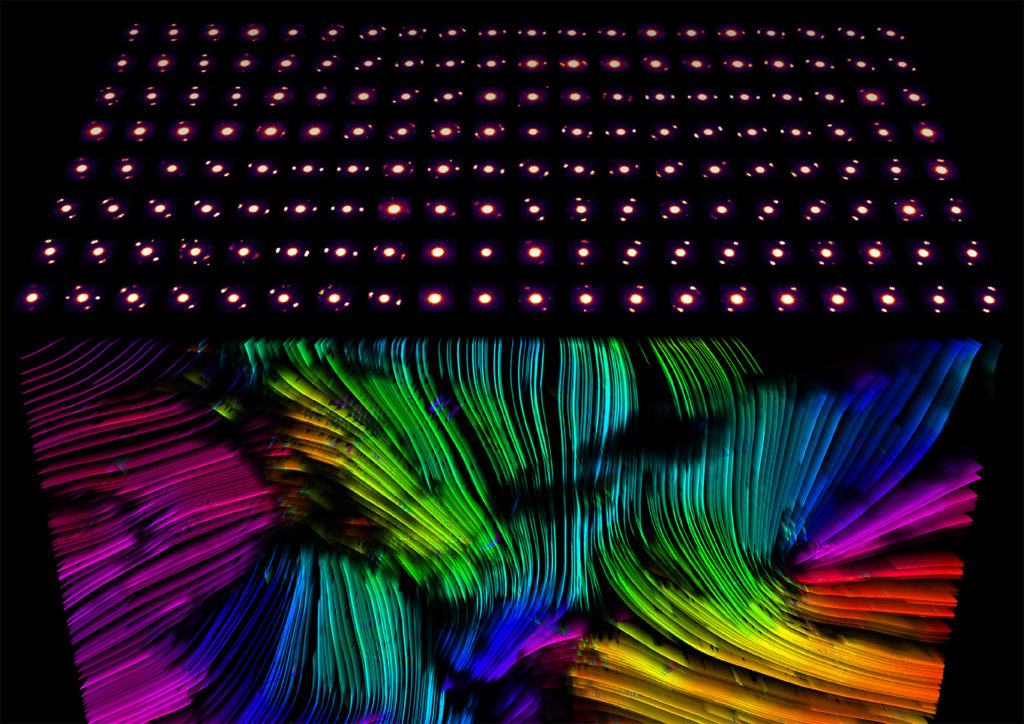
World-Leading Microscopes Take Candid Snapshots of Atoms in Their ‘Neighborhoods’
Scientists at Berkeley Lab have demonstrated how a powerful electron microscopy technique can provide direct insight into the performance of any material – from strong metallic glass to flexible semiconducting films – by pinpointing specific atomic “neighborhoods.”
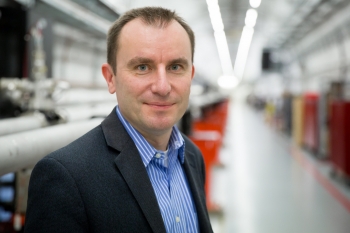
Meet the Director: Mike Dunne
This is part of a continuing profile series on the directors of the Department of Energy (DOE) Office of Science user facilities.

AI System Accurately Detects Key Findings in Chest X-Rays of Pneumonia Patients Within 10 Seconds: Study Finds Promise of Faster Treatment
From 20 minutes or more to 10 seconds. Researchers from Intermountain Healthcare and Stanford University say 10 seconds is about how quickly a new system they studied that utilizes artificial intelligence took to accurately identify key findings in chest X-rays of patients in the emergency department suspected of having pneumonia.

The Chemistry of Art: Scientists Explore Aged Paint in Microscopic Detail to Inform Preservation Efforts
To learn more about the chemical processes in oil paints that can damage aging artwork, a team led by researchers at the National Gallery of Art and the National Institute of Standards and Technology conducted a range of studies that included 3D X-ray imaging of a paint sample at Berkeley Lab’s Advanced Light Source.
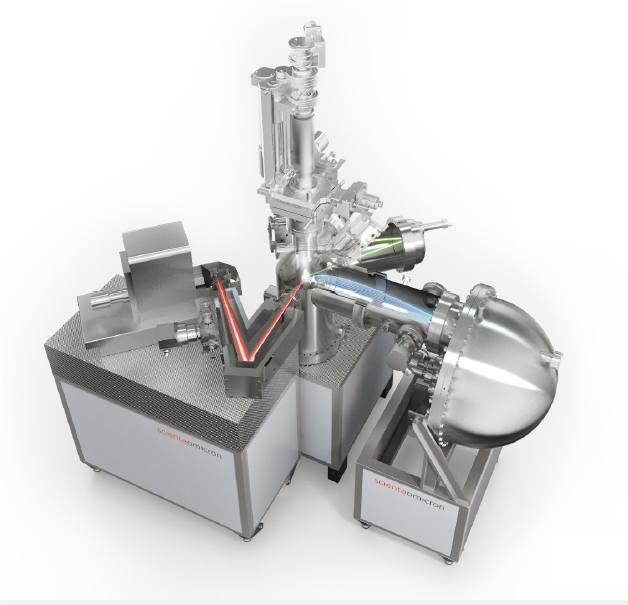
$1.75 million X-ray tool is first of its kind in the U.S.
Binghamton University, State University of New York will acquire a sophisticated new X-ray tool useful in materials research and R&D for electronics. The $1.75 million system — the third of its kind in the world and the first outside of Europe — will be funded by $1.23 million from the National Science Foundation’s Major Research Instrumentation program and additional money from the campus.
Mineral Discovery Made Easier: X-Ray Technique Shines a New Light on Tiny, Rare Crystals
Berkeley Lab scientists participate in the discovery of ognitite; other candidate new-mineral studies in progress Like a tiny needle in a sprawling hayfield, a single crystal grain measuring just tens of millionths of a meter – found in a borehole sample…